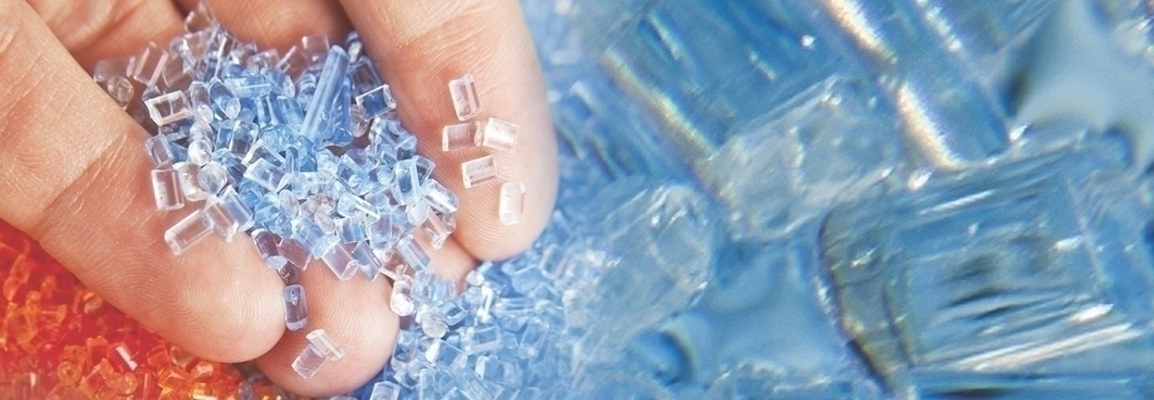

Effectively Analyzing Polymers Using Electron Paramagnetic Resonance (EPR) Spectroscopy
In this webinar, Dr Kalina Ranguelova from Bruker BioSpin, will provide an overview of various industrial and academic applications and literature examples using electron paramagnetic resonance (EPR) spectroscopy to understand paramagnetic behavior of different polymer materials. The ubiquity of free radicals, triplet states, and point defects in polymer materials has rendered EPR an indispensable tool in polymer science among other mainstream analytical techniques. EPR is the best technique for shedding light on these reactions and processes because of its unique ability to unambiguously detect paramagnetic species in a direct and non-intrusive manner. The technique identifies radical reaction intermediates as well as quantifies their concentrations, thus elucidating thermal and light activated mechanisms and kinetics of polymer reactions. It can be applied to samples in liquid or sold states over a wide range of temperatures.
WEDNESDAY - July 15, 2020
Key Topics
- Monitoring photopolymerization reactions for understanding electron transfer mechanisms in polymers
- Polymerizations reaction kinetics
- Cross-linking reactions
- Annealing in polymers
- Sterilizations effects
Speakers
Dr. Kalina Ranguelova
Senior EPR Applications Scientist, Bruker BioSpin
Dr. Kalina Ranguelova has been an EPR Applications Scientist at Bruker BioSpin Corporation since 2011. She completed her Ph.D. at the Bulgarian Academy of Sciences, where her research focused on the structure of inorganic copper complexes using electron paramagnetic resonance (EPR) spectroscopy. After holding research positions at CUNY and the National Institute for Environmental Sciences, where she studied free radical biology and EPR spin trapping as a method for measuring reactive oxygen species (ROS), she joined Bruker. In her current role as an Applications Scientist, she focuses on developing new applications for EPR in various fields and providing customer support and training.
